Impact of Midwest Research Far-Reaching: Federal Cuts Will Be Felt as Far Away as California and New Hampshire
Oct 28, 2013, 14:31 PM
In an effort to assess the social and economic impact of academic research, the CIC is leading a groundbreaking effort to build and provide a data platform for large-scale systematic analysis of the infrastructure and outcomes of university-based science.
In an effort to assess the social and economic impact of academic research, the CIC is leading a groundbreaking effort to build and provide a data platform for large-scale systematic analysis of the infrastructure and outcomes of university-based science. In contrast to many other studies that use surveys or estimates, the platform uses actual financial data from the member universities of the CIC, including payroll records and financial systems. These data provide precise evidence on who is working on federally financed projects, as well as what supplies and equipment are purchased with federal research funds. With support from the Sloan Foundation, researchers from the member universities of the CIC worked together to analyze these data.
Eight Midwestern universities represented in the report generated a total of $6.1 billion in research activity in 2011 (last year data available), $3.47 billion of which was funded by the federal government. In 2012, more than 50,000 individuals were employed in the scientific processes at these schools. Vendors and suppliers supporting this work spanned the entire nation—ranging from California to New York and from Texas to Michigan—in high-tech industries producing goods such as optical equipment and high-end manufacturing parts.
The report also projects the likely result of a 10% across-the-board decrease in federal funding—an estimated loss of $350 million in research funding that could reduce the number of individuals working on federally funded research by almost 5,000. The consequences of this reduction would also be felt throughout the nation as it ripples through the equipment and technology supply chain of businesses across the country.
Julia Lane, Senior Managing Economist at the American Institutes for Research and a lead researcher on the project, said, “This report comes out of a broader initiative. One of the most exciting aspects of it is that it uses cutting-edge science to answer the questions that policy makers and the broader public are asking: How does science affect the economy? What can we do to improve the production and utilization of science? We have the ability to advance the science of science at the same time that we’re helping policy makers and the public understand the scientific enterprise.”
Karen Hanson, Senior Vice President for Academic Affairs and Provost at the University of Minnesota and Chair of the CIC, affirms this larger purpose, stating, “Through our collaboration in the CIC, we are able to amplify the impact of our research, teaching, and learning efforts. This study has given us an excellent initial insight into our impact; we’re looking forward to digging further into the data to better understand how to leverage our research to derive additional benefits for both our region and the nation.”
As Bruce Weinberg, Professor of Economics and Public Administration at The Ohio State University and a lead researcher on the project, summarizes, “While it is clear that the science that is being done at CIC universities impacts the economy quite broadly, it is important to remember that the primary reason that we conduct science is to expand our knowledge, which leads to new technologies and medical advances, as well as to create more, and possibly better jobs. At the same time, this report helps us see how sequestration has, and will likely, affect the economy in the short run. We ultimately need to continue working to quantify the effect on technologies, treatments, and health in the long run.”
Full Report
Contacts:
Barbara McFadden Allen, Executive Director
Committee on Institutional Cooperation
bmallen@staff.cic.net
(217)766-1425
Julia Lane, Senior Managing Economist
American Institutes for Research
jlane@air.org
(202) 403-5867
Bruce Weinberg, Professor of Economics and
Public Administration
Ohio State University
weinberg.27@osu.edu
(614) 292-5642
About the CIC: The CIC is the nation's premier higher education consortium of top-tier research institutions, including the Big Ten Conference members and the University of Chicago. Through collaboration CIC members save money, share assets, and increase teaching, learning and research opportunities. Founded in 1958, CIC members engage in voluntary, sustained partnerships such as library collections and access collaborations; technology collaborations to build capacity at reduced costs; purchasing and licensing collaborations through economies of scale; leadership and development programs for faculty and staff; programs that allow students to take courses at other institutions; and study-abroad collaborations. For more information, please visithttp://www.cic.net.
